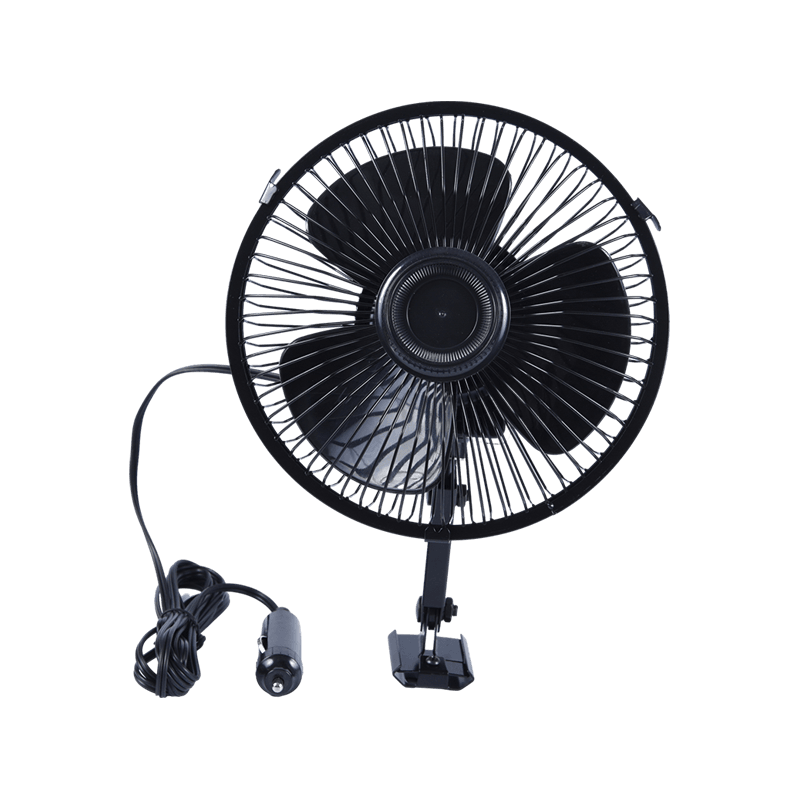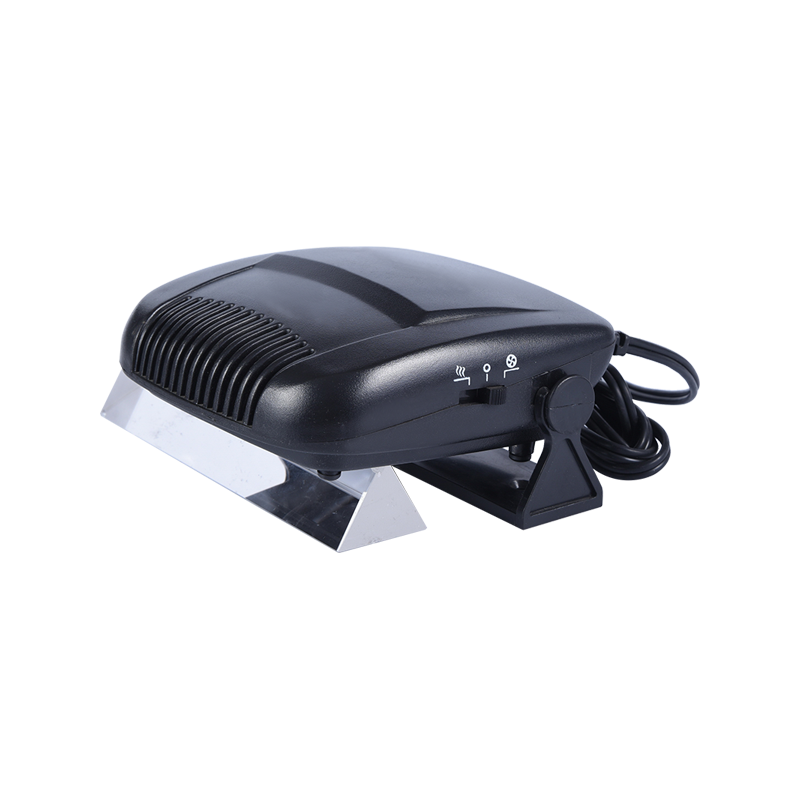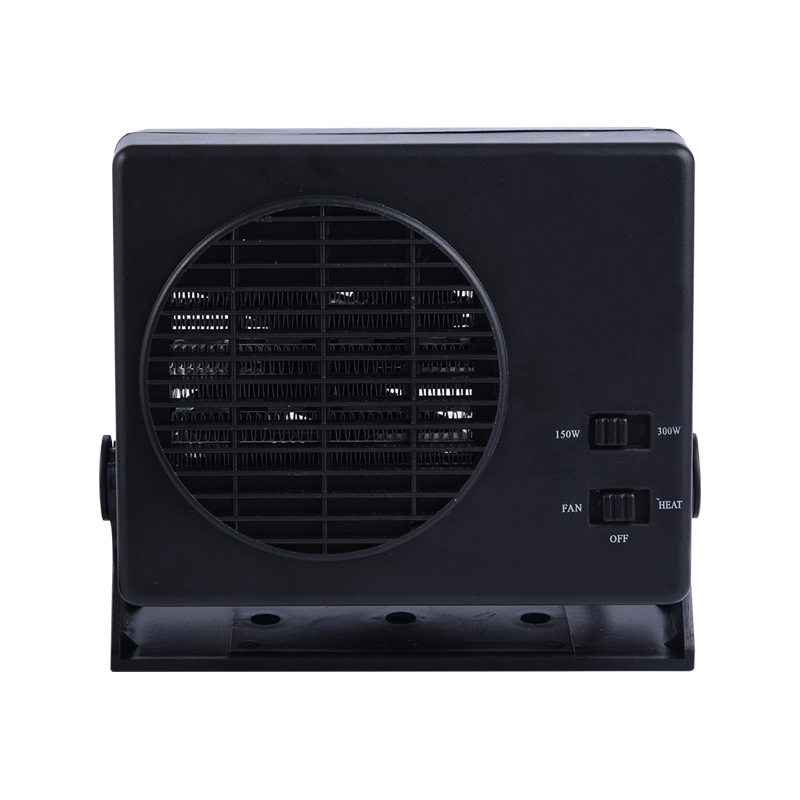In the cold winter, it is no small matter to quickly obtain a warm and comfortable car environment, and this is the core mission of the car heater. It is not an independent electrical appliance, but the core heating component in the car's heating and air conditioning system (HVAC). Its essence is an efficient heat exchanger.
1. Core concept and working principle: the wisdom of turning waste into treasure
The operation of the car heater is a model of engineering wisdom, cleverly recycling the "waste heat" generated during the operation of the engine:
Heat source: engine coolant
When the engine is working, combustion generates a lot of heat. The cooling system (water pump, radiator, thermostat) continuously circulates coolant to absorb and take away this heat to prevent the engine from overheating.
The temperature of the coolant after flowing through the engine cylinder block and cylinder head increases significantly (usually up to 90°C or more), becoming an ideal heat source.
Heat exchange center: heater core
Located under the dashboard, it is usually composed of small aluminum or copper tubes and dense heat dissipation fins, and looks like a small radiator.
The hot coolant is introduced into the heater core through a specific pipe valve.
Heat transfer: air convection
Fresh air from inside or outside the vehicle (driven by the blower/fan) is forced to blow over the surface of the fins of the heater core.
Key physical principle: The hot fins transfer heat to the air flowing through (heat conduction), and the air temperature rises after being heated (heat convection).
The hot air is transported to the set air outlets in the car (instrument panel, foot, windshield, etc.) through the air duct.
Temperature control
Temperature mixing damper: This is the core component for achieving fine temperature control. It is like a movable door panel that controls the mixing ratio of hot air flowing through the heater core and cold air bypassing the heater core (usually from the air conditioning evaporator). The larger the damper opening, the higher the proportion of hot air in the mixed air flow and the higher the outlet temperature; otherwise, the colder it is. The control knob, button or automatic air conditioning setting ultimately adjusts the position of this damper.
Coolant flow control valve (some models): Some older or specially designed models may have a valve installed on the coolant pipe entering the heater core to control the maximum heating capacity by adjusting the coolant flow. Modern cars rarely use this valve and mainly rely on damper adjustment.
2. Detailed explanation of core system components
The automotive heater system is a collaborative whole:
Heater core: The core heat exchange element, the material and design affect the heat exchange efficiency and durability.
Blower/fan: Provides air flow power to blow air through the heater core (and/or air conditioning evaporator). There are multiple wind speeds that can be adjusted.
Temperature mixing damper: Adjusts the mixing ratio of cold and hot air to achieve precise control of the outlet temperature.
Mode damper: Controls which outlet is used for air delivery (such as face, foot, windshield defrosting, defrost/foot mixed mode, etc.).
Internal and external circulation damper: Controls the source of air (fresh air outside the car or air circulation inside the car).
Warm water pipe and valve: A dedicated pipeline introduces high-temperature coolant from the engine into the heater core and then circulates it back to the engine cooling system. The valve (if any) controls the coolant on and off.
Control panel/control unit: The driver's operating interface (knobs, buttons, touch screen) and the electronic control module (ECU) behind it, which receives instructions and drives the damper motor and blower.
Air duct system: A complex network of plastic pipes that guides the treated air to each outlet.
3. Core functions and importance
Car heaters provide more than just comfort:
Car compartment heating: Provide a warm and comfortable driving environment in cold seasons, prevent passengers from freezing, and improve comfort and driving concentration.
Safe defrosting and defogging: It is crucial! Quickly clearing frost and fog on the windshield and side windows to restore a clear view is the core guarantee of winter driving safety.
Rear window and rearview mirror defrosting (auxiliary): Usually linked with the heater system or controlled separately, using electric heating wire heating to achieve defrosting and defogging (rear windshield) or dewatering (rearview mirror).
Seat heating (advanced function): The seat heating function of some high-end models may also be integrated into the HVAC system for its control logic and power distribution.
Optimize engine operating temperature (indirectly): Using engine heat for heating helps the cooling system dissipate heat under specific working conditions (especially after cold start in cold areas), and promotes the engine to reach and maintain the optimal operating temperature faster.
4. Evolution of technology and operation
Manual control: Basic form, the driver manually adjusts the temperature knob (controls the blending damper), air volume knob (controls the blower speed) and mode switch (controls the damper position).
Semi-automatic/automatic constant temperature air conditioning: After setting the target temperature, the system automatically adjusts the blending damper opening, blower speed (sometimes including compressor start and stop and internal and external circulation) to maintain the set temperature. Sensors (in-car temperature, sunlight intensity, ambient temperature, etc.) provide feedback.
Zone temperature control: High-end models provide independent temperature settings for the driver's seat and the co-pilot seat (even the back row), and the system achieves zone control through additional dampers and sensors.
Remote start preheating: Remotely start the vehicle through the remote control or mobile phone APP, and the heater system (together with the engine) works in advance to preheat the cabin and defrost before the passengers get on the car, greatly improving the winter car experience.
5. Differences in electric vehicle heating systems
Electric vehicles (EVs) do not have internal combustion engines, so there is no ready-made "waste heat" available, and their heating methods are completely different:
PTC heater:
Mainstream solution. Use positive temperature coefficient (PTC) ceramic electric heating elements to directly energize and generate heat.
Advantages: Relatively simple structure and fast heating speed.
Disadvantages: High energy consumption, significant consumption of battery power, one of the main reasons for the reduction in electric vehicle range in winter.
Heat pump system:
A more advanced and energy-saving solution. The working principle is similar to the reverse application of household air conditioning, "transporting" heat from ambient air (even if it is cold) or battery/motor waste heat to the car.
Advantages: The energy efficiency ratio (COP) is much higher than PTC, which greatly reduces heating energy consumption and has little impact on cruising range.
Disadvantages: The system is more complex and more expensive, and the heating efficiency and speed may decrease in extremely cold environments (such as below -10°C).
Hybrid solution: Some models use PTC and heat pump in combination. PTC is used to assist in rapid heating during cold start or extreme cold, and heat pump is mainly used under normal conditions.
6. Common problems and maintenance
No hot air/insufficient warm air:
Coolant problem: The liquid level is too low, leaking, and it has not been replaced for a long time, resulting in performance degradation, and air mixed into the air to form air blockage.
Thermostat failure: Stuck in the open position, the engine cannot reach the normal operating temperature, and the coolant temperature is too low.
Heater core blockage: Rust, scale or low-quality antifreeze sediment inside the cooling system blocks the internal pipes of the core.
Temperature mixing damper failure: Motor damage, connecting rod detachment, damper stuck and unable to rotate to the heating position.
Warm water valve failure (if any): The valve cannot be opened.
Blower does not work/abnormal sound:
Motor damage, speed regulating resistor failure, fuse blown, switch or line problem. Foreign objects in the blades or air ducts may also cause abnormal noise.
Insufficient air volume/inconsistent air volume at the outlet:
The air conditioning filter is seriously clogged.
The air duct is leaking or falling off.
The damper of a specific mode is stuck or malfunctioning.
Odor (musty, sour):
The air conditioning filter is dirty or damp and moldy.
Mold grows on the surface of the evaporator (air conditioning refrigeration component) or the heater core. Using natural wind to dry the air duct for a period of time before turning off the air conditioner can alleviate this problem.
Maintenance suggestions:
Regularly replace the air conditioning filter: every year or by mileage (such as 10,000-15,000 kilometers) to ensure air quality and air volume.
Use qualified antifreeze and replace it according to the manufacturer's requirements: usually every 2-5 years or 40,000-80,000 kilometers to prevent corrosion and blockage.
Check the cooling system: regularly check the liquid level and leaks to ensure that there is no air blockage in the system.
Note abnormalities: If there is no hot air, odor, or abnormal response, check and repair it in time.
Winter use: After starting a cold car, wait until the water temperature gauge rises slightly (the engine starts to warm up) before turning on the heater, which will have a better effect and will not add any extra burden. Reasonable use of the internal circulation can heat up faster, but it is necessary to switch to the external circulation in time to add fresh air.


 English
English Português
Português عربى
عربى 中文简体
中文简体











